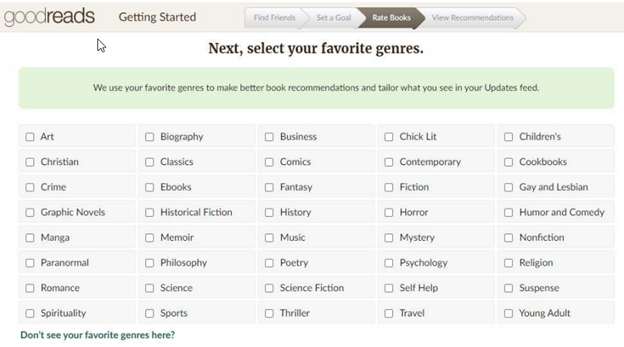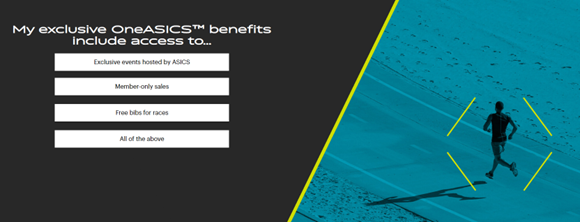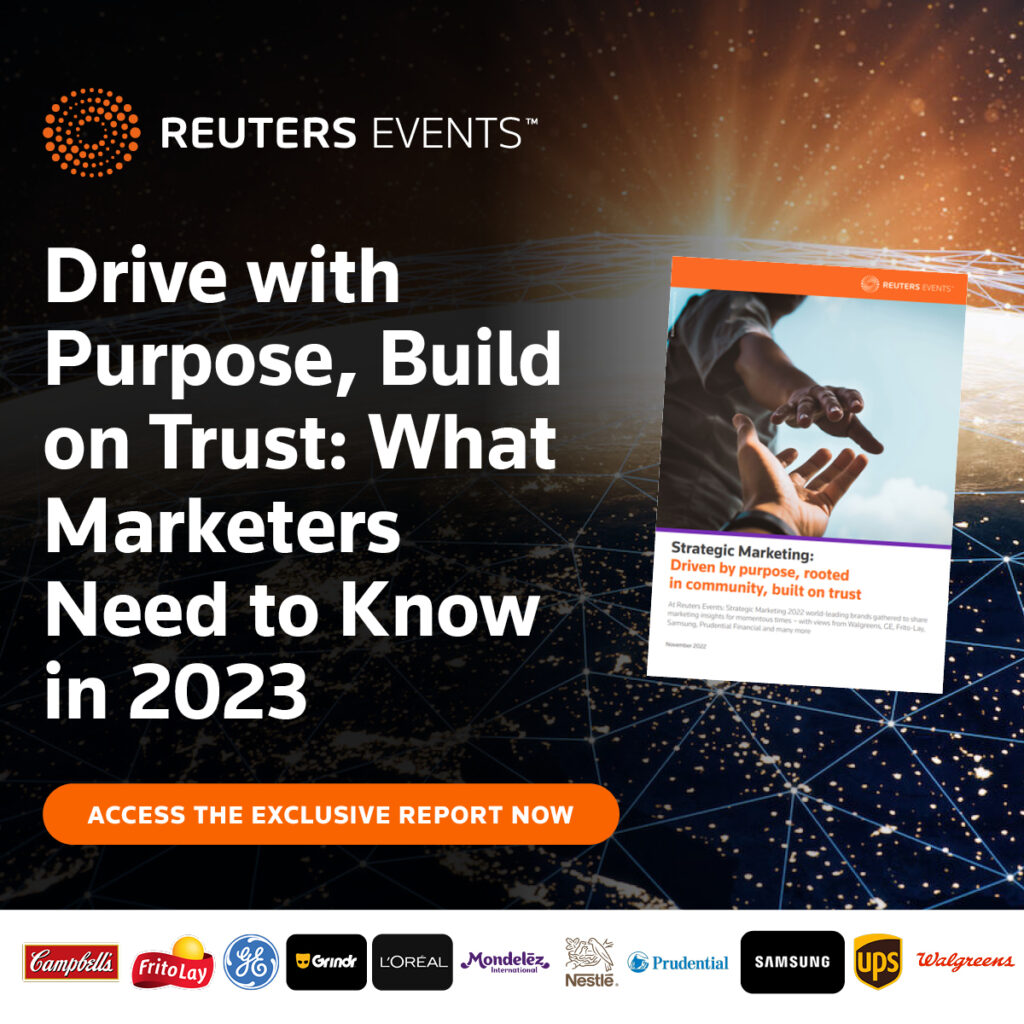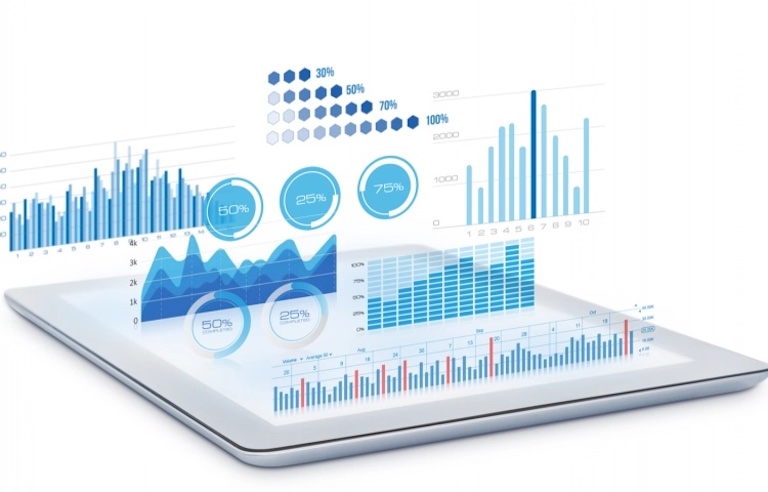The Rise of the Cookieless World: Email Marketing to the Rescue
November 28, 2022The more digital opportunities grow, the more artificial intelligence becomes an inalienable part of our everyday life. However, despite all the benefits, people often feel vulnerable, due to the volume of information the global network knows or is able to deduce about them. As a result, Google has decided that users’ data privacy matters above all else, no matter how difficult marketers’ lives may become.
So, in 2019 the company stated that they are going to meet the increasing demand for privacy by stopping the use of third-party cookies in its browsers. Fortunately, according to the latest news, we have one more year to prepare before “The End of Cookie World” arrives.
But who is the hero to save us? Beata Linz from AdBirds, with more than 14 years of experience in email marketing, shared with UniOne her practical knowledge on the topic during her fantastic speech at the Inbox Expo 2022 event.
The World As We Know It
A long time ago, in a galaxy far, far away, there were 4 types of data:
1. Zero-party
Data is given proactively and explicitly by customers. This is how the individuals want the brand to recognize them. So, they kindly share their interests with you via the preference center, purchase intentions, or in a personal context.
2. First-party
Data is based on preferences given implicitly by customers. These may include behavior signals, purchase activity, subscription data, social data, etc. It’s our own treasure, as this information is obtained from the users’ interaction with your site.
3. Second-party
Data acquired from a trusted partner. This is the information shared internally between companies with a related audience. Now, this may seem like a breach of privacy already, but this one stands right on the verge. However, no one can forbid us from advising somebody we already know about a new place or relevant good as a kind friend, right?
4. Third-party
Data obtained through learning about web visitors’ online behavior beyond your website. They follow where people go. If they’ve approved the third-party cookies, this helps marketers know more about these web visitors – what websites they are visiting, what they are purchasing there, and what interests they are showing there, whether they realize it or not. This is how they build visitor list profiles for ad retargeting.
We should say that third-party data helps a lot as it allows companies to earn more and customers to receive more relevant information. Nevertheless, the use of cookies for tracking data has been debated over the last few years. And, as people grow more conscious of their privacy, the current era will end, no matter what, sooner or later.
The Rise of the Cookieless World
Is there life after the death of cookies? Fortunately, yes. Moreover, we won’t return to the times when people lived in caves or (even worse) when we received lots of irrelevant spam emails from anywhere.
What we will definitely return to is good old zero- and first-party data because “83% of consumers are willing to share their data in exchange for a more personalized experience”, according to Accenture.
The other thing is that we will have to collect all the data by ourselves. And who’s there to save us? Email-marketers!
How to win with email in the Cookieless world?
The first good news is that you can just ask your audience what they want. The second lies in the variety of tools each email marketer can use to get the desired answers. Let’s dive a bit deeper into these.
Use zero-party data to your advantage
Give your customers a chance to share what they are interested in by themselves at the very beginning. Let users indicate their preferences during the subscription process or in your welcome series. For better results, be sure to make it gentle, without excessive questions or overwhelming detail. Here are some questions that may help you build relevant forms:
- What would you like to collect? Make a list of the data you find useful and would like to know about your consumers.
- What data will you use? Check each point, determine why you need it and how you’re going to use it. Cross out those that seem unnecessary.
- What are your audience types, and which content might they be interested in? Be ready to build additional content for specific audiences and avoid the topics you won’t be able to create content for.
- What your subscribers might be interested in? Analyze your audience and create a categorization that will be the backbone for your preference center, based on their interests and the content you would like to offer. In any case, you should add an “Other” option for unpredicted variants (if you are not an Oracle, of course).
- How often should you send the emails? Let your subscribers choose the best frequency. Thus, they’ll know that you respect their time and care for them.
Remember that the more (relevant) questions you ask, the more helpful data you get.

Use first-party data to your advantage
When it comes to collecting first-party data, you should be more proactive in the ways of collecting information. Thus, we’ve prepared several tips that may help you get better results.
Bring value and encourage subscribers to share data
Asking the right questions is a good start. At the same time, to continue our cookieless survival, we also need answers. And that might be a bit tricky. Just as Joey doesn’t share food, the customers may not like to share their interests (yeah, that’s from another Galaxy, sorry!). But please do not give up – maybe it’s just a question of motivation.
Most people won’t do anything if they aren’t told why they need it. So, your task is to show the benefits you might give them and make the process more engaging. Here are your best laser swords for the task:
- Bonuses for sharing the information. It may be a discount voucher, a gift for the next purchase, or a chance to be the first to know about some limited offers. Think of the promo you may provide based on your business goals and opportunities.
- Giveaways. Is there anything sweeter than a chance of getting something for free? Do not hesitate to make some lotteries with your most popular goods as a prize to encourage people for more interaction.
- Quizzes and games. No matter how old people are, they all love to find out something new about themselves or to feel a taste of (even a small) victory. Because this is how our “happiness hormones” work. So, just think of an emotion you can bring, select the correct questions, and run the fun.
Here are two examples of successful, engaging interactive campaigns by a well-known sportswear company Asics for your inspiration:
- Runner personality quiz – 90% completion rate, 71% redirect rate, 103 seconds of engagement, and 22 data attributes telling about consumers’ sports habits.

- Benefits Trivia – 80% completion rate, 78% redirect rate, 70 seconds of engagement, and excellent feedback on how consumers see your service and policy providing insights for improvement.

Gather information constantly and in real time
Things change. You need to remember that your life goes on, and your customers’ lives keep going as well. A woman who used to be a really outgoing person purchasing party stuff each week may become a caring mom one day. Her interests change, and your task is to follow these changes over time. Because the best way to keep up with your subscribers is to provide them with relevant content “today, tomorrow, always”.
Reminding users that they are welcome to update their preferences won’t be annoying. Just show them the real benefits they may gain. Let your audience know that you do care and you want them to receive only the information that is useful and relevant.
Use “small” data to build customer profiles
Be brave and start with small steps. You should build customer profiles to personalize your communication, even with small bits of data. “9 of 10 marketers believe personalization is not just important but imperative to their overall business strategy”, states Litmus State of Email. And this is already an axiom, as 80% of users will make a purchase more likely if your messages to them look more personal.
The Force Is Strong With Email Marketers
As shown above, obtaining information using email marketing can be helpful and really fun at the same time. Moreover, email marketers may sometimes be able to share the data with parties outside email marketing, coming to the rescue for the rest. And all this is due to the fact that email:
- Is a cookie-free marketing channel
- Collects customer data through opt-ins
- Its segmentation and personalization possibilities are endless
- Email lists can be used to enrich advertising platforms
- Allows better retargeting and relevance outside of the company’s website
Another strength of email marketers is that they can leverage this channel at full scale:
- from a welcome series
- to post-purchase,
- to re-engagement,
- and in everyday campaigns
to encourage subscribers to provide more and more data in progress.
Even though email marketers are such cool heroes, they are also team players. You will get more significant results by cooperating with retargeting, Live-Chat, SMS, App, and any other teammates you might have. It’s easier to defeat Darth Vader together!
Be sure to throw in CRM ads – export audience-relevant data from your CRM system and provide it to your Performance Marketing team to enrich their targeting data on Paid Ads from Social to Search.
Story teachings
Okay, email marketing is superb, no doubt! Now let’s summarize what we’ve learned about it from this story:
- It can bring value, encourage users, and do it all with fun!
- It can easily capture small data (which is still very relevant) and helps to do this on an ongoing basis because life changes.
- It may help other campaigns with data if it is a cross-channel effort.
May the Force be with you!
P.S. And may your emails be with UniOne for reliable deliverability!


